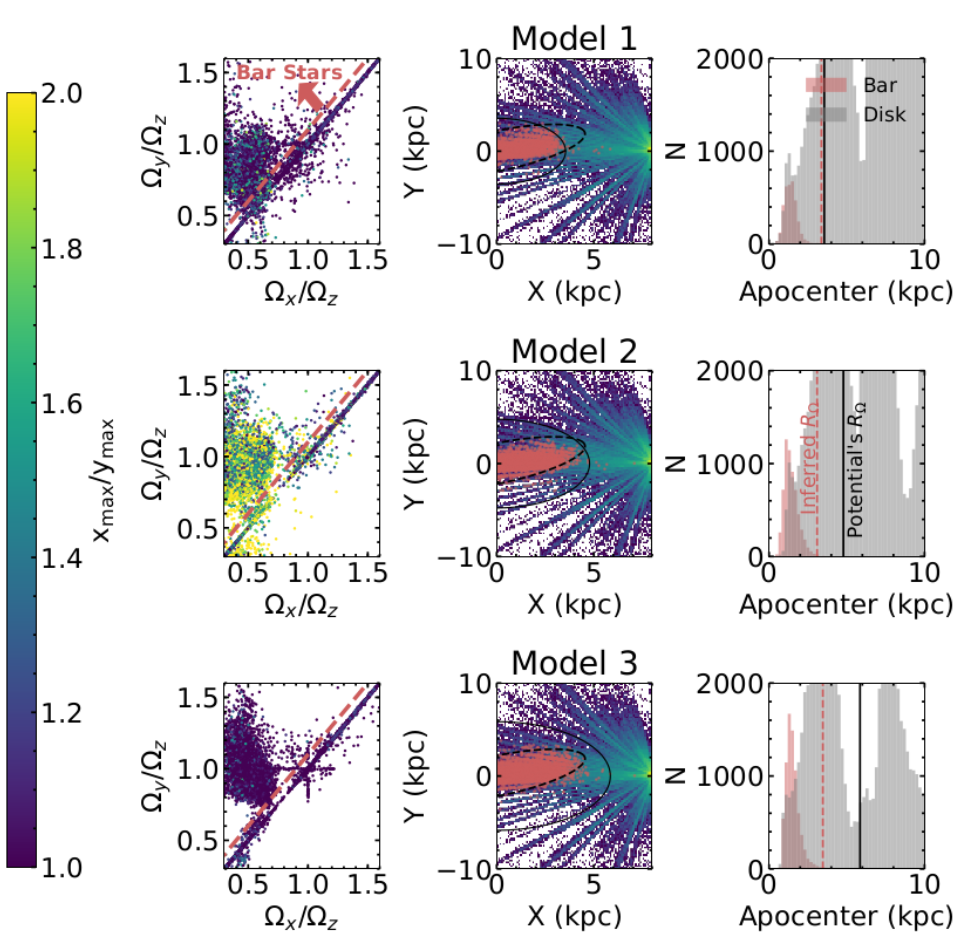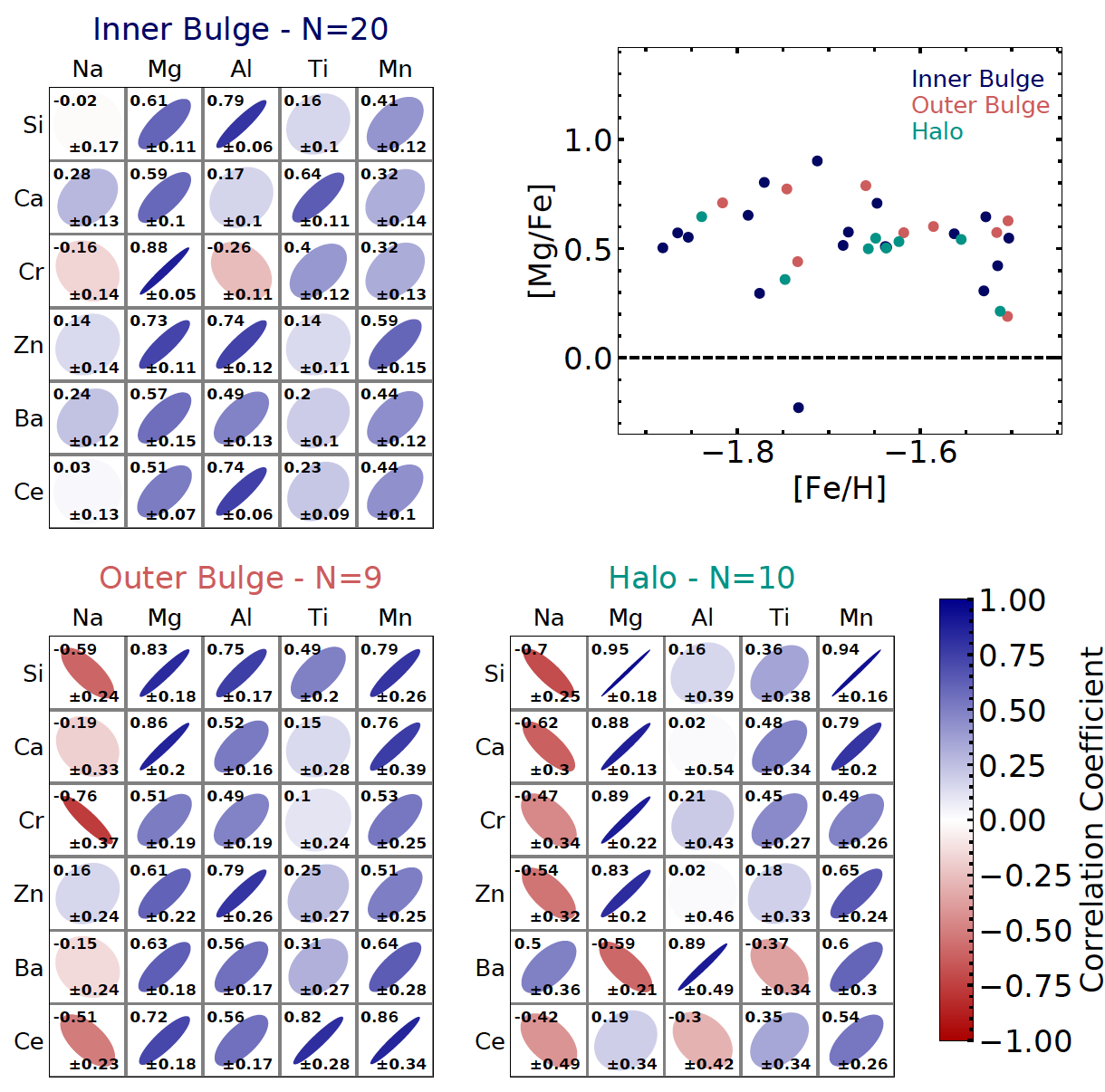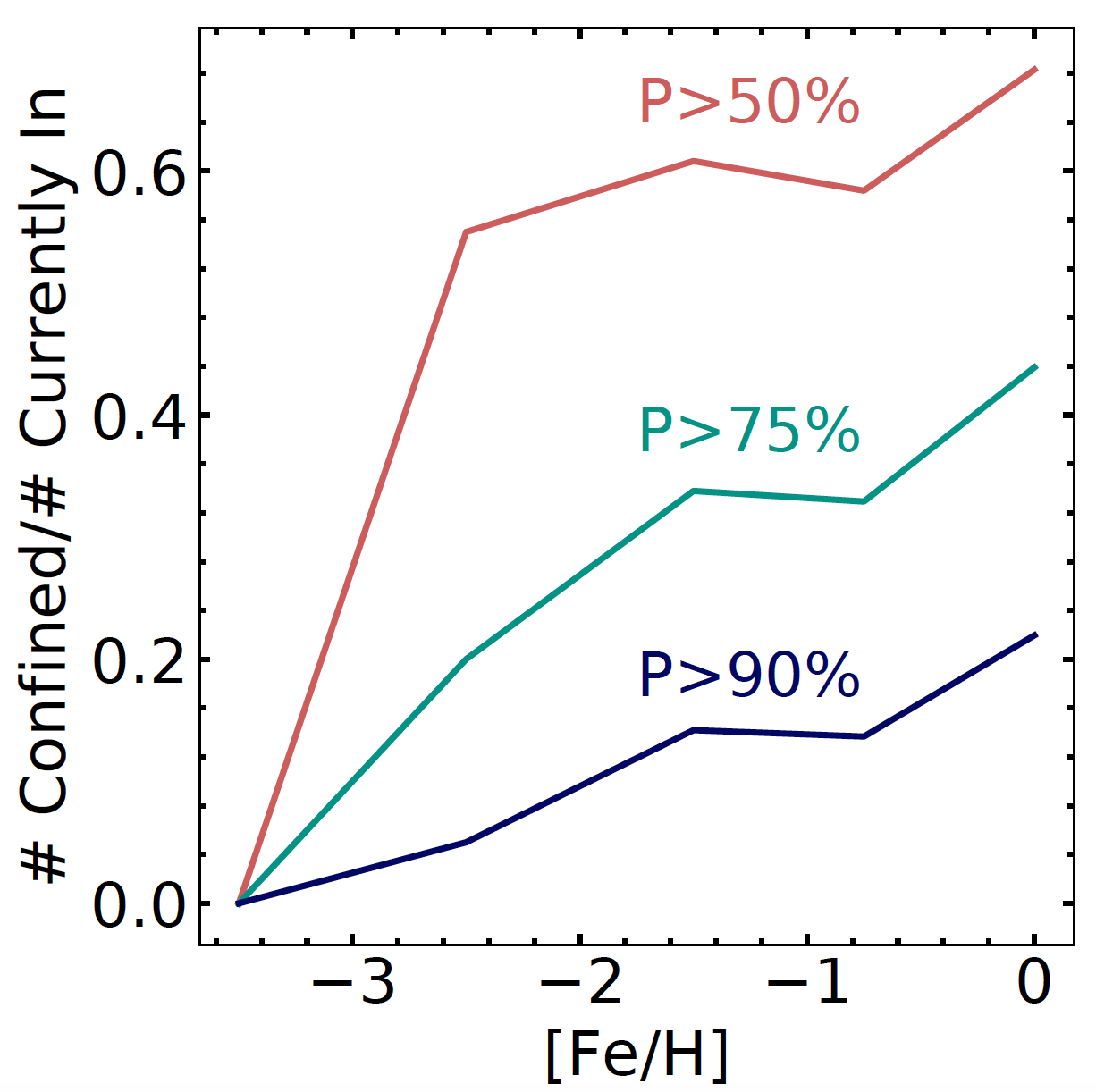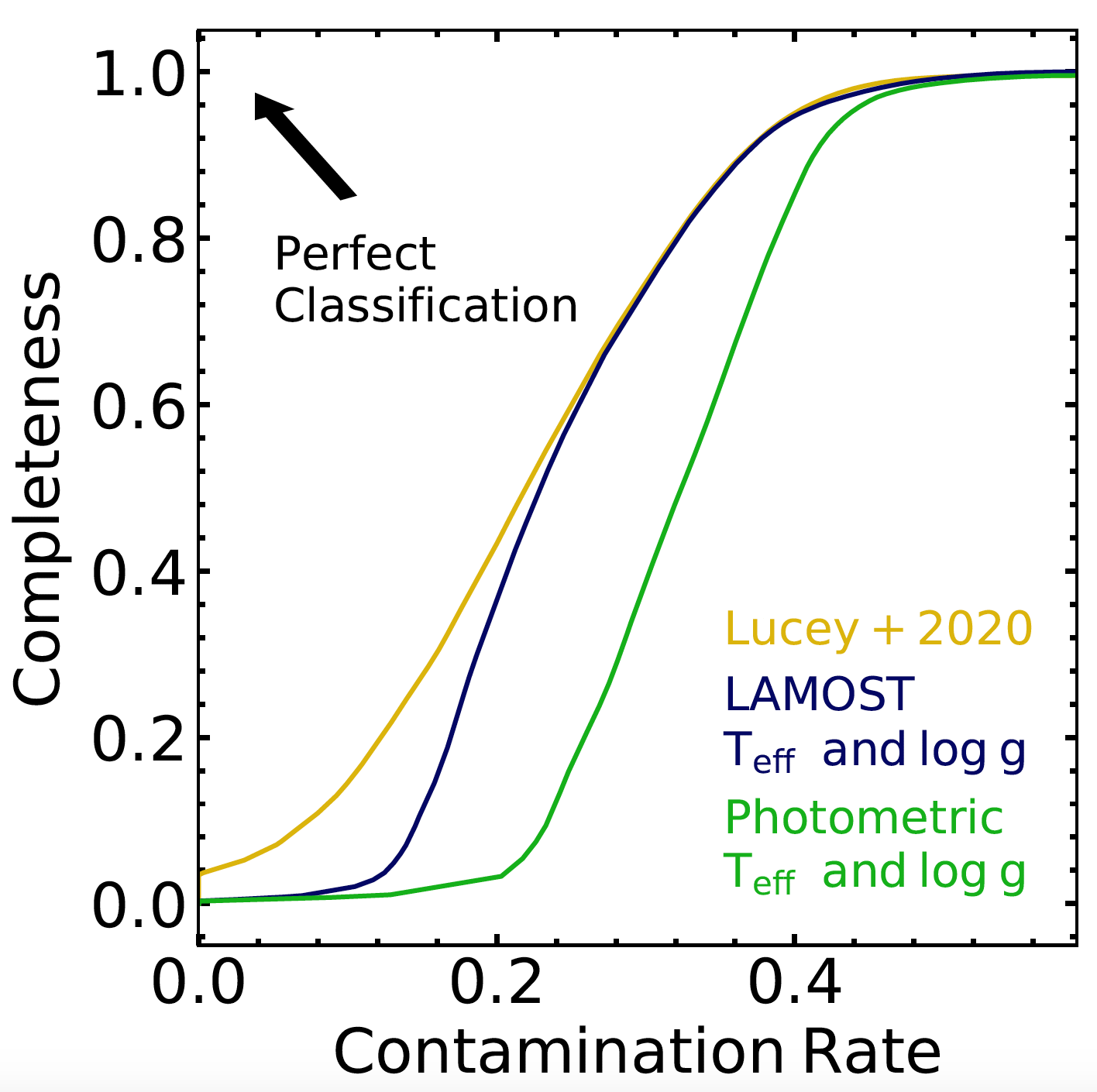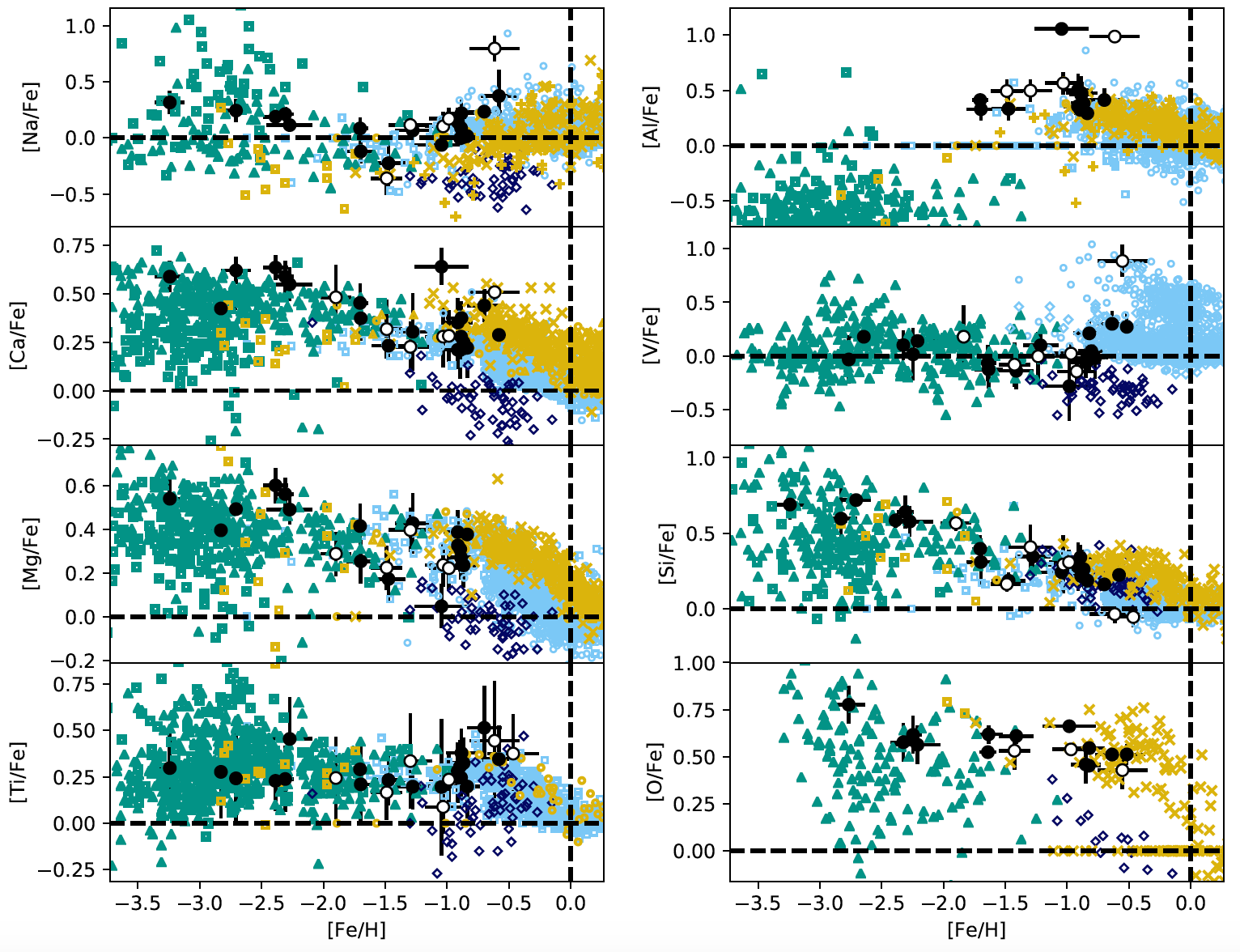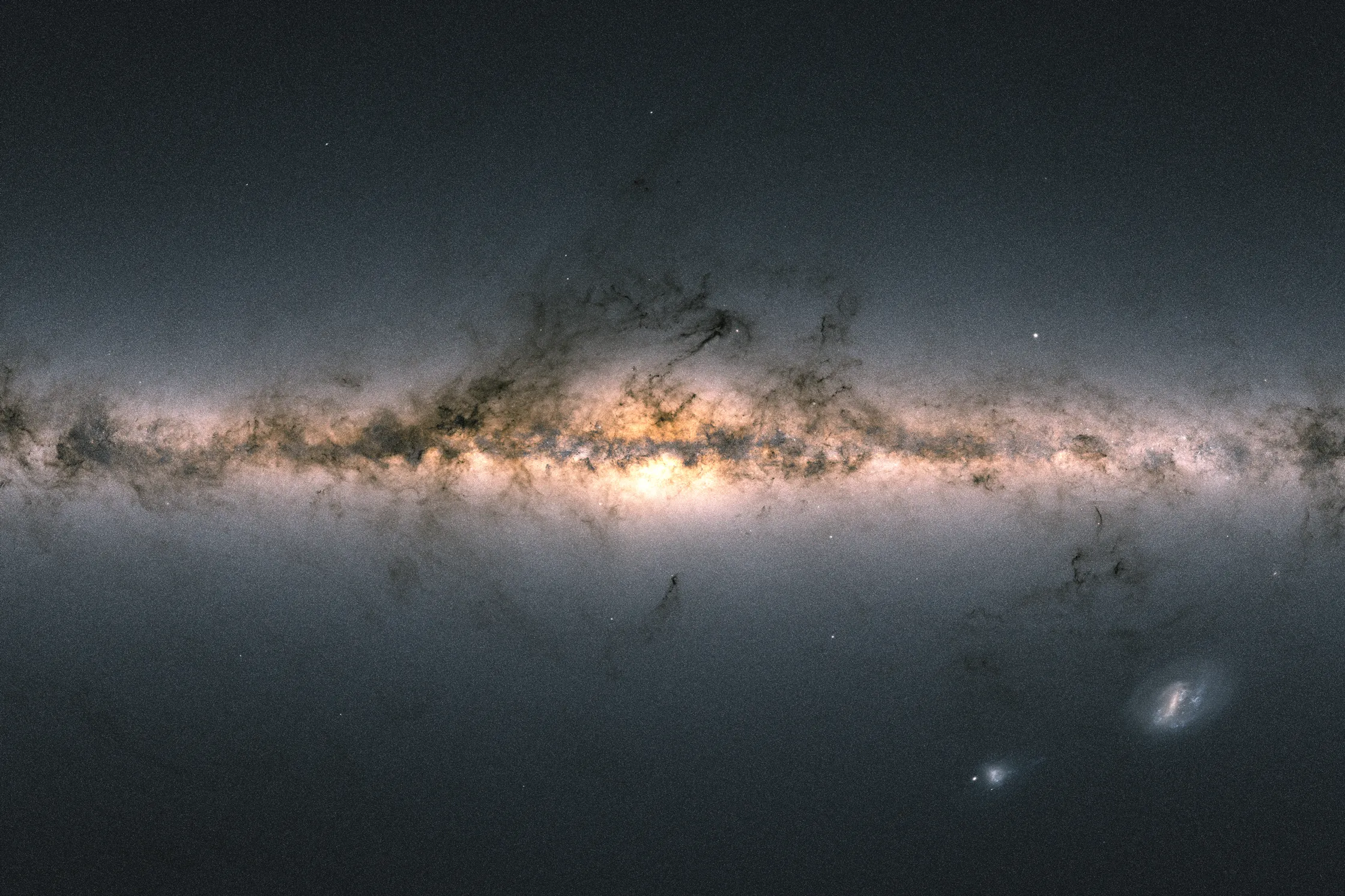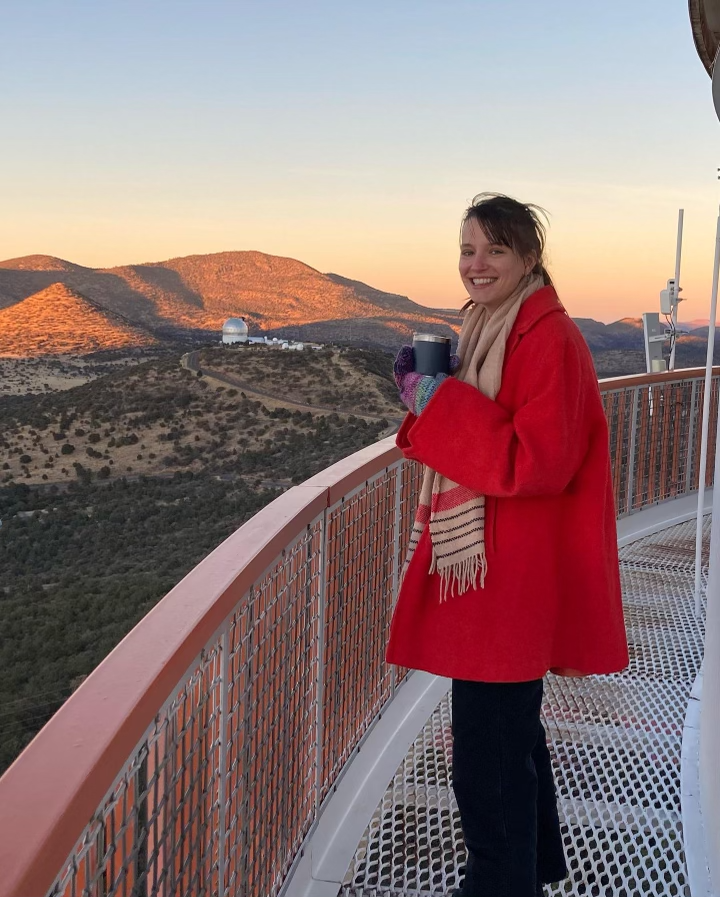
Hello! I'm Maddie Lucey.
I am an NSF Astronomy & Astrophysics Postdoctoral Fellow at the University of Pennsylvania. My research aims to build our understanding of the early Universe by studying the ancient stars in our Galaxy, the Milky Way. Specifically, I am interested in characterizing the inner regions of the Milky Way, and its oldest stars.
CV Publications (Link to ADS)
